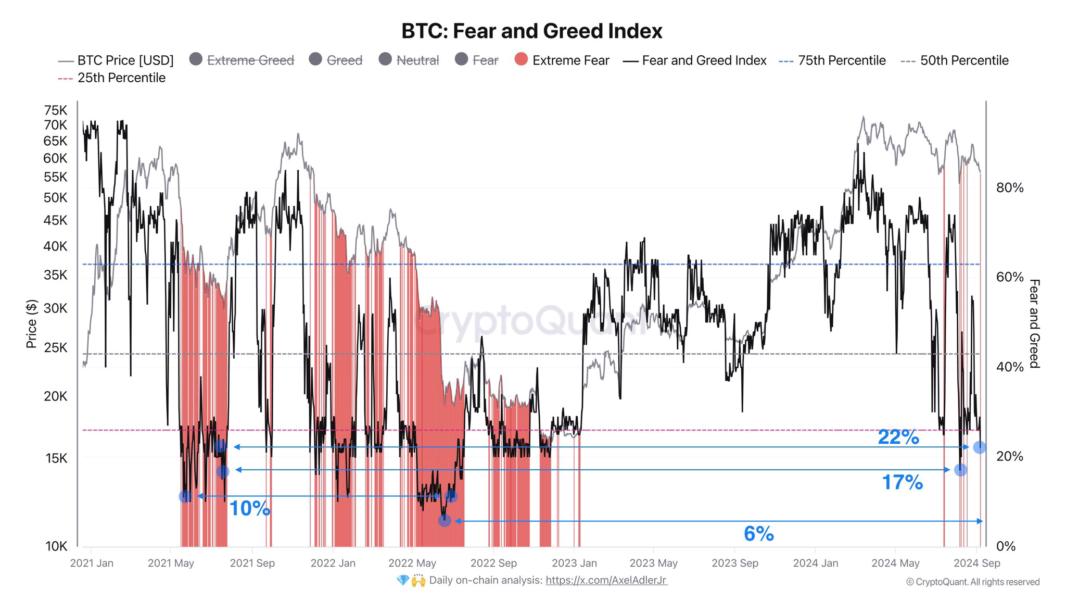Investors worldwide are grappling with a financial conundrum as the five-year U.S. Treasury yield reaches a three-month high. This surge has triggered a shift in the economic landscape, with Bitcoin—a typically inverse correlate—set to potentially buck the trend.
The power of the U.S. treasury and Bitcoin’s resilience
Government bonds, such as the U.S. Treasury, wield significant power in the trading market, impacting everything from Bitcoin and Ethereum to loans, mortgages, and cryptocurrency derivatives.
While the perceived risk of the U.S. government defaulting on its debt has remained largely speculative, the reality of such a scenario would trigger a cascading effect on global economies.
But, despite such uncertainties, history has shown that cryptocurrencies like Bitcoin can serve as a protective hedge during volatile times.
For example, during the U.S.-China trade war in May 2021, Bitcoin outshone traditional wealth preservation assets, gaining 47% between May 5 and May 31, while the Nasdaq Composite lost 8.7%.
Considering the $29 trillion value of the U.S. Treasury held by the public, the bonds are considered the safest bet in existence. However, bond prices or yields are subject to change depending on contract maturity. The primary pricing determinant for this asset class is the expected rate of inflation.
As the demand for U.S. Treasurys grows, it’s worth examining how this shift could affect the price of cryptocurrencies like Bitcoin and Ethereum. If an investor believes that inflation will remain unchecked, they may demand higher yields on Treasury.
Conversely, if there’s anticipation of further inflation or deliberate devaluation of the U.S. currency, investors may find solace in U.S. Treasurys, thus leading to lower yields.
A recent surge in the five-year Treasury yield to 4.05% on June 22—the highest level in over three months—comes amidst a 4.0% increase in the U.S. Consumer Price Index (CPI) for May on a year-over-year basis, marking the slowest growth since March 2021.
Such yield suggests a lack of investor confidence in the inflation rate dropping below the central bank’s 2% target soon. Yet, it also demonstrates their belief that the peak 9.1% CPI data from June 2022 has passed.
However, the mechanics of Treasury pricing can often appear counterintuitive, with investors willing to sacrifice rewards for the security of holding a low-risk asset.
Deciphering market signals: The Bitcoin and treasury yield equation
The bond yields of U.S. Treasurys have shown the past ten days’ usual inverse correlation with Bitcoin to be null, possibly due to investors buying government bonds for their safety, despite yields lower than inflation expectations.
Moreover, the S&P 500 index reached 4,430 on June 16, merely 7.6% off its all-time high, revealing the reasons behind higher yields. Despite an upcoming financial storm, investors’ appetite for high-valued equities appears to have a ceiling.
Current market indicators point towards growing investor anticipation for a recession. The U.S. Conference Board’s leading indicators, for instance, have seen a steady decline over 14 consecutive months.
Those hoping for Bitcoin’s recent decoupling from the U.S. Treasury’s yield inverse correlation to reverse soon may be in for disappointment. Evidence suggests that higher-than-usual government bond yields stem from heightened expectations of a looming recession and economic turmoil.





